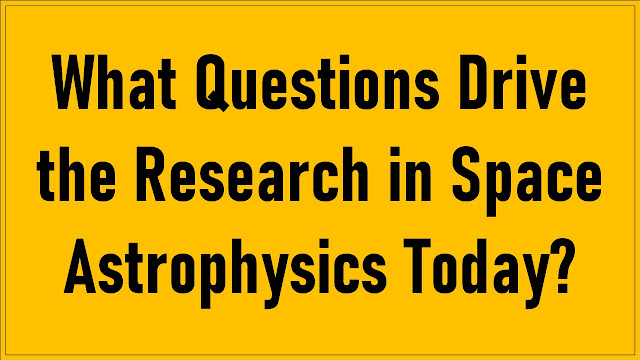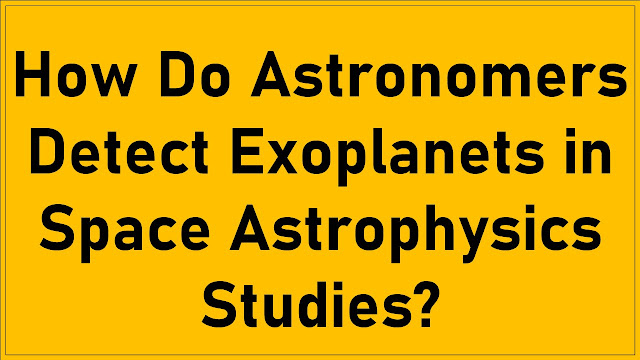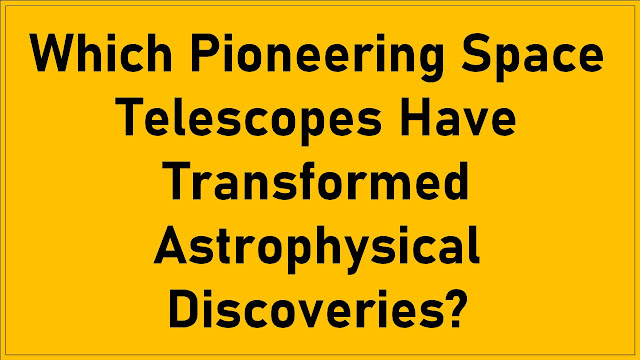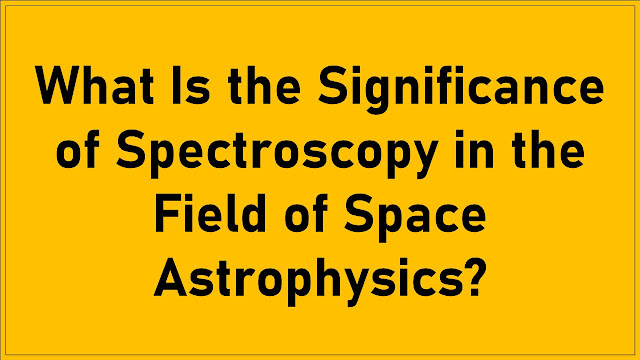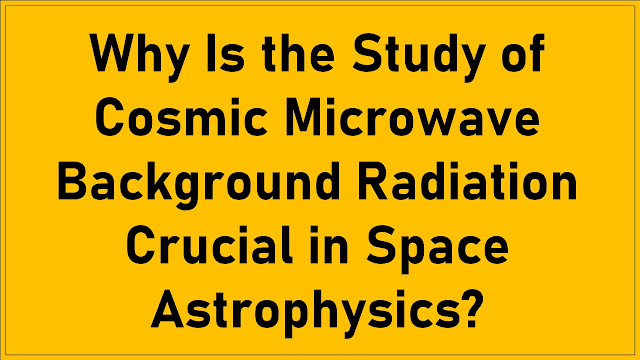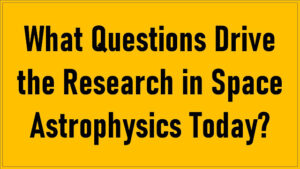
Introduction.
In this article, I’ll delve into the fascinating realm of space astrophysics and explore the pivotal questions that currently propel research in this captivating field. Space astrophysics, a sub-discipline of astrophysics, seeks to unravel the mysteries of the cosmos by investigating celestial phenomena beyond Earth’s atmosphere. The relentless pursuit of answers to these profound questions not only fuels our curiosity but also contributes to a deeper understanding of the universe’s origins, evolution, and potential habitability.
As we stand at the threshold of a new era in space exploration, the questions driving research in space astrophysics have evolved and expanded. With the advent of cutting-edge telescopes, advanced instrumentation, and ambitious space missions, scientists are poised to unravel the enigmatic nature of black holes, decipher the cosmic web’s intricate structure, and explore the possibility of life beyond our home planet. Join me on this intellectual journey as we delve into the pressing inquiries that occupy the minds of space astrophysicists today, pushing the boundaries of human knowledge to new horizons in the cosmos.
- Cosmic origins and early universe exploration.
- Exoplanet search for habitability and life.
- Dark matter and dark energy mysteries.
- Stellar evolution and supernova studies.
- Black holes and gravitational wave detection.
- Space telescopes and advanced observation technologies.
Cosmic origins and early universe exploration.
Space astrophysics is driven by the fundamental question of how the universe began and evolved. Researchers seek to unravel the mysteries surrounding the cosmic origins and the early universe. This encompasses understanding the moments immediately following the Big Bang, probing the conditions and processes that led to the formation of galaxies, stars, and the first structures in the universe.
One key area of focus is the Cosmic Microwave Background (CMB) radiation, which provides a snapshot of the universe’s state just 380,000 years after the Big Bang. By studying the CMB, scientists aim to refine our understanding of the universe’s age, composition, and expansion rate. Additionally, they investigate the distribution and properties of primordial elements, shedding light on the formation of galaxies and the large-scale structure of the cosmos.
To further explore cosmic origins, space astrophysicists employ advanced telescopes and instruments, like the James Webb Space Telescope, to peer deeper into the universe’s past. These efforts drive research in space astrophysics, as they seek to unlock the secrets of our universe’s birth and evolution.
Exoplanet search for habitability and life.
The search for exoplanets—planets beyond our solar system—holds a prominent place in space astrophysics today. Scientists are particularly interested in identifying exoplanets within the habitable zone, where conditions might be suitable for liquid water and, consequently, life as we know it. This quest aims to answer one of the most profound questions in science: Are we alone in the universe?
Researchers employ a variety of techniques, such as the transit method and radial velocity measurements, to detect exoplanets. These methods allow them to characterize exoplanets’ size, orbit, and, to some extent, their atmospheres. In the near future, missions like the James Webb Space Telescope are expected to provide more detailed information about the atmospheric composition of exoplanets.
The search for habitable exoplanets also involves investigating the potential for life beyond Earth. Scientists look for biosignatures—indicators of life, such as the presence of certain gases like oxygen and methane—in exoplanetary atmospheres. The quest to find habitable exoplanets and signs of extraterrestrial life fuels ongoing research in space astrophysics, pushing the boundaries of our understanding of life’s potential prevalence in the universe.
Dark matter and dark energy mysteries.
Space astrophysics grapples with the enigmatic concepts of dark matter and dark energy, which collectively make up about 95% of the universe’s total mass-energy content. Dark matter’s presence is inferred from its gravitational effects on galaxies and galaxy clusters, yet its true nature remains elusive. Researchers seek to determine the fundamental particles that compose dark matter and understand its role in cosmic structure formation.
Similarly, dark energy, which drives the accelerated expansion of the universe, poses a profound mystery. Space astrophysicists strive to uncover the nature of dark energy and explain why the universe’s expansion rate is accelerating instead of slowing down due to gravity.
These questions drive research into the universe’s underlying cosmic web, the formation of galaxies, and the fate of the cosmos. Space-based observatories like the European Space Agency’s Euclid mission and ground-based experiments are designed to scrutinize the properties of dark matter and dark energy, offering the potential to revolutionize our understanding of the universe’s unseen forces.
Stellar evolution and supernova studies.
Space astrophysics is deeply invested in the study of stellar evolution and the cataclysmic events known as supernovae. Stars are the fundamental building blocks of galaxies, and understanding their life cycles is crucial for comprehending the universe’s past and future. Researchers investigate the birth, evolution, and death of stars to gain insights into the creation of elements, the formation of planets, and the fate of massive stars.
Supernovae, which are explosive deaths of massive stars, play a pivotal role in dispersing heavy elements like iron, carbon, and oxygen into space. These elements are essential for the formation of planets and, ultimately, life. Additionally, supernovae serve as cosmic laboratories, allowing scientists to study extreme conditions, nuclear reactions, and the production of exotic particles.
Space-based observatories like the Hubble Space Telescope and ground-based telescopes continuously monitor stars and supernovae, providing valuable data for this research. Understanding stellar evolution and supernovae helps answer questions about the origin of the elements that make up our world and the cosmos, as well as the dynamics of galaxies and the expansion of the universe.
Black holes and gravitational wave detection.
Black holes are some of the most mysterious and intriguing objects in the universe. Space astrophysics is dedicated to probing the properties, formation, and behavior of black holes. Researchers investigate both stellar-mass black holes, formed from the collapse of massive stars, and supermassive black holes that reside at the centers of galaxies, affecting their evolution.
Recent breakthroughs in gravitational wave astronomy have revolutionized the study of black holes. Instruments like the Laser Interferometer Gravitational-Wave Observatory (LIGO) and Virgo have detected gravitational waves—ripples in spacetime—generated by the mergers of black holes. These observations provide direct evidence of black hole existence and allow scientists to study their masses, spins, and mergers.
Studying black holes is not only about unraveling their mysteries but also understanding their role in the evolution of galaxies and the universe’s structure. Ongoing research in space astrophysics aims to explore black holes across various scales, from stellar to supermassive, to decipher their profound impact on cosmic phenomena.
Space telescopes and advanced observation technologies.
The development of cutting-edge space telescopes and observation technologies is a driving force in space astrophysics. These tools enable astronomers to explore the universe with unprecedented precision and depth. Space telescopes like the Hubble Space Telescope, Kepler Space Telescope, and the upcoming James Webb Space Telescope have provided breathtaking images and data, expanding our knowledge of the cosmos.
Advanced technologies, such as adaptive optics and interferometry, have enhanced ground-based observatories’ capabilities, reducing the blurring effects of Earth’s atmosphere and improving spatial resolution. These innovations empower scientists to study distant galaxies, exoplanets, and cosmic phenomena with remarkable clarity.
Furthermore, international collaborations, such as the Square Kilometre Array (SKA), are poised to revolutionize radio astronomy, offering the potential to unlock new insights into the universe’s radio emissions. The continuous development of space-based and ground-based observatories and technologies is essential for addressing the pressing questions in space astrophysics and advancing our understanding of the cosmos.
Conclusion.
I hope this exploration into the key questions driving research in space astrophysics today has shed light on the exciting and evolving nature of this field. Space astrophysicists continually grapple with the mysteries of the universe, seeking answers to fundamental questions about its origin, evolution, and composition. Through cutting-edge technologies and innovative methodologies, they aim to unravel the enigmas surrounding dark matter, dark energy, and the birth of galaxies.
Moreover, I hope you have come to appreciate the interdisciplinary nature of space astrophysics, where the boundaries between physics, astronomy, and cosmology blur, fostering collaborations and pushing the boundaries of human understanding. As we peer deeper into the cosmos, it becomes increasingly evident that the questions we ask today will pave the way for profound discoveries tomorrow, ultimately reshaping our perspective of the universe and our place within it. The quest for knowledge in space astrophysics is an ongoing journey, and the questions that drive it today promise to lead us to new frontiers of cosmic understanding in the years to come.






